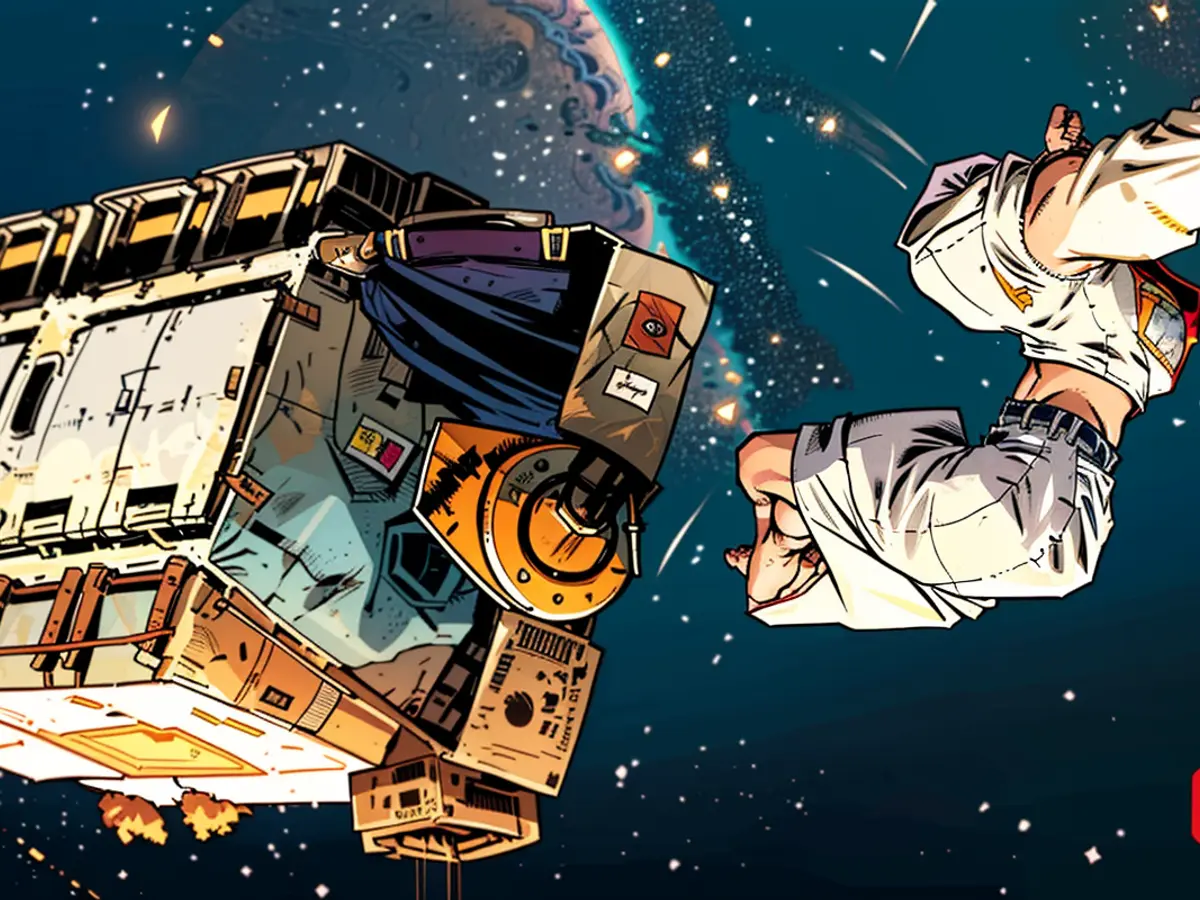- Issues with Starliner: NASA postpones astronaut return from ISS to 2025.
Initially, astronauts Sunita Williams and Barry "Butch" Wilmore were planned to spend only about a week in the International Space Station (ISS). However, due to troubles with Boeing's "Starliner" spacecraft, their visit got extended to more than eight months. They are now expected to return to Earth in February 2025, utilizing SpaceX's "Crew Dragon" spacecraft, as announced by NASA. The decision was made due to safety concerns about bringing the troubled "Starliner" back with a crew on board, according to NASA administrator Bill Nelson. Williams and Wilmore left for the ISS in early June during the first crewed test flight of the "Starliner."
The mission was initially scheduled for around a week, but multiple technical issues arose, like engine problems and helium leaks. The originally scheduled mid-June return was canceled, leaving the two astronauts stuck on the space station, 400 kilometers above Earth.
NASA manager Norman Knight stated that he spoke with the astronauts about the extended stay and that they fully support the decision and will continue their mission on the ISS.
Under the new plan, Williams and Wilmore will move to SpaceX's "Crew Dragon" in February 2023, while the "Starliner" will return to Earth without a crew. This step is planned for early September, making way for the arrival of the "Crew Dragon."
The launch of "Crew 9" from Cape Canaveral with the "Crew Dragon" is currently scheduled for some time after September 24. Instead of the originally planned four astronauts, only two will fly. Williams and Wilmore will then join this crew and return to Earth with their two colleagues after a multi-month mission in 2025.
The 58-year-old Williams and the 61-year-old Wilmore are experienced astronauts, according to NASA manager Dana Weigel. A six to eight-month stay in space falls within the average range. The duo will help with experiments and maintenance tasks on the ISS and may even conduct some spacewalks towards the end of the mission. Additionally, supplies of food and drinking water are secured through additional cargo flights. "No one has to go on a diet or restrict their calorie intake," Weigel said.
The "Starliner" spacecraft, developed by U.S. aerospace company Boeing for NASA, consists of a roughly three-meter-high crew capsule and a service module. Unlike SpaceX's "Crew Dragon," it lands on Earth, not in water.
Boeing has been working on the "Starliner" for years, but while SpaceX's "Crew Dragon" has successfully transported humans and technology to the ISS, Boeing has faced numerous challenges. The first unmanned test in 2019 did not even reach the ISS, and while a second test in 2022 was successful, problems have since accumulated, leading to numerous delays. The spacecraft launched from Cape Canaveral in early June after years of delays, but the technical problems encountered, including engine issues, unexpected heat buildup, and helium leaks, are seen as a significant setback for Boeing.
NASA stood by the Boeing "Starliner" despite numerous setbacks. It's a "very powerful" spacecraft, said NASA manager Steve Stich at the press conference. The NASA and Boeing teams conducted countless tests and analyses that will aid in the future. NASA chief Nelson emphasized that he has full confidence that the "Starliner" will transport crews to the ISS in the future.
Watch above in the video: In Naples, Florida, a metal piece of an ISS battery crashed onto a family's house. NASA investigated the space debris, which apparently flew through space for about two years before the crash.
The extended stay on the ISS for Williams and Wilmore is not a unique situation, as other astronauts have also spent extended periods in space due to mission adjustments.
Under the revised plan, the "Starliner" will bring no astronauts back to Earth, instead focusing on fixing the issues that led to other astronother's extended stay.







